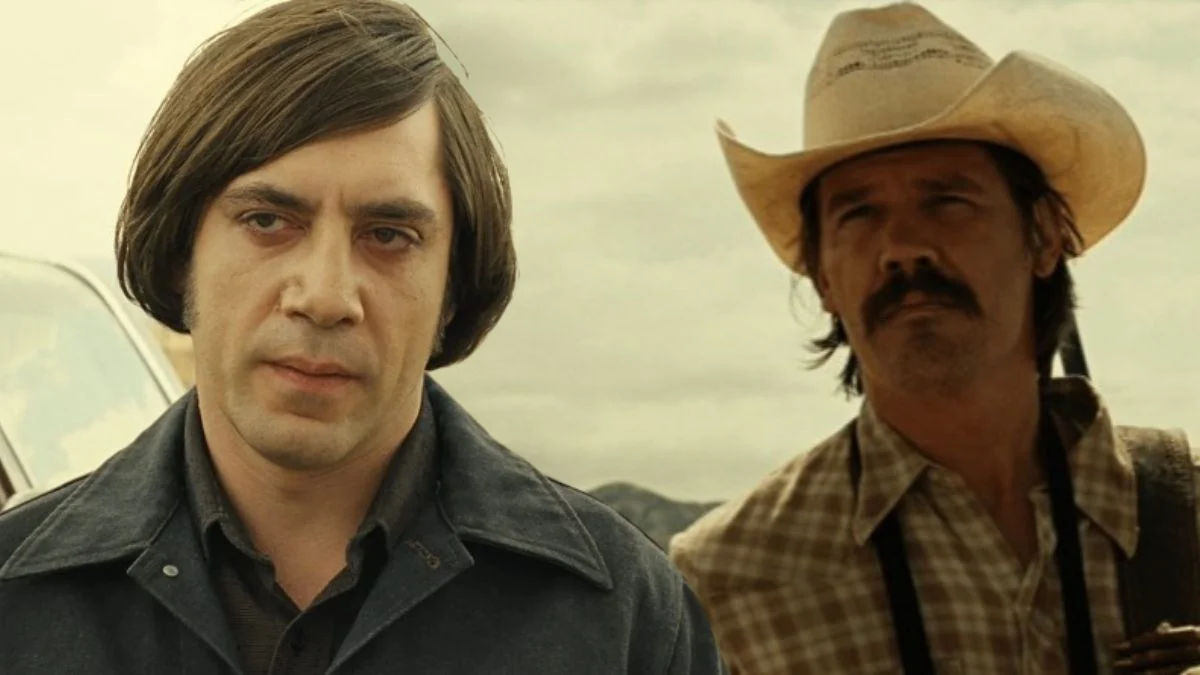
Certain movies maintain their timeless quality due to their strong rootedness in a particular location and era, while the world around them continues to evolve. For instance, “No Country for Old Men” remains firmly grounded in its specific timeframe, whereas society’s preferences and technological advancements progress. A revisit today may highlight some decisions that appear outdated compared to modern standards, but other aspects of the film still resonate powerfully as originally intended.
The narrative originates from Cormac McCarthy’s novel and traces the journeys of a hunter, an assassin, and a local sheriff through West Texas and the borderlands. The Coen brothers maintained a focused setting, minimal dialogue, and precise execution in their adaptation. This approach not only provides insight into the film’s construction but also allows for easy identification of elements that have stood the test of time and those that may have faded over time.
Aged Poorly: Limited Roles for Women

The story primarily revolves around three male characters, with pivotal roles in shaping the events. The female characters, such as Carla Jean Moss and Loretta Bell, appear less frequently and are often found in domestic settings like homes, hospitals, or quick encounters at public service desks, rather than in scenes related to the high-speed chase. The threads involving money transactions, murders, and investigations primarily unfold among the men, thereby excluding the women from the central stream of knowledge.
The dialogue in this piece primarily serves to validate decisions previously made by the male characters, and not to shape new outcomes. Characters like Carla Jean and Loretta engage in brief interactions, while other female characters are cast as clerks, managers, or hotel staff, with their appearances being minimal, thus maintaining a narrow focus on the narrative.
Aged Masterfully: Sound Without a Score

In this film, rather than using a conventional musical soundtrack, it employs extended periods of room tone, wind sounds, footsteps, and traffic noises. This unique mix allows the environmental sounds to set the pace for crucial scenes such as the conversation at the gas station and the nighttime street chase. The gunshots and captive bolt stunner produce sharp, distinct effects, while dialogue is usually kept low during quieter moments, often sitting near the background.
As a movie enthusiast, I appreciate this technique as it grants editors and mixers an unmatched level of control over the film’s pacing. Notably absent is much non-diegetic music, which prevents the soundtrack from being pinned down to a specific time or pop culture era. This timeless quality allows the movie to resonate effectively in various settings – be it in the grandeur of a theater or the intimacy of a modern home system, where ambient sounds take center stage.
Aged Poorly: Outdated Consumer Tech Drives Key Plot Turns

The investigation revolves around old-fashioned devices that match the 1980s atmosphere, such as pay phones, paper motel registers, and a basic radio signal device. Hotel doors utilize metal keys and chain locks, and money is transported in a secure case through air vents. The murderer verifies the transmitter by visual proximity rather than through any encrypted or networked scans.
In today’s world, contemporary hotels, smartphones, and digital payment methods would significantly change the logistics depicted in the movie. Keyless entry systems, surveillance cameras in hallways, and chip-based transactions generate records and alerts that are absent in the film’s setting. Although the story follows period-appropriate procedures, the specific gadgets and absence of digital trails signal that the plot mechanics are bound to outdated technology infrastructure.
Aged Masterfully: Roger Deakins’ Naturalistic Cinematography
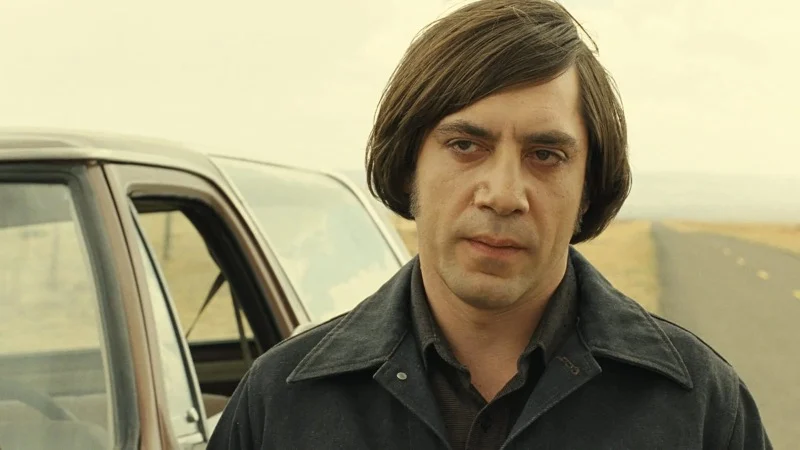
Roger Deakins skillfully captures expansive landscapes, sunsets at low angles, and vivid interiors using simple and well-organized compositions that emphasize natural or strategically placed light sources. He shoots dusty plains, border crossings, and quaint town shopfronts with a stable camera and deliberate pacing. The color scheme is predominantly arid and earthy, focusing the viewer’s attention on lighting and textures.
The locations in Texas and New Mexico offer a consistent geographical backdrop for our work. For instance, interiors of motel rooms correspond well with their exterior walkways, and road scenes seamlessly transition into checkpoints and border crossings. This is because we opt for lighting and lens choices over trendy filters, ensuring that the visuals remain clear on today’s high-resolution screens.
Aged Poorly: Sparse Context for Borderland Violence
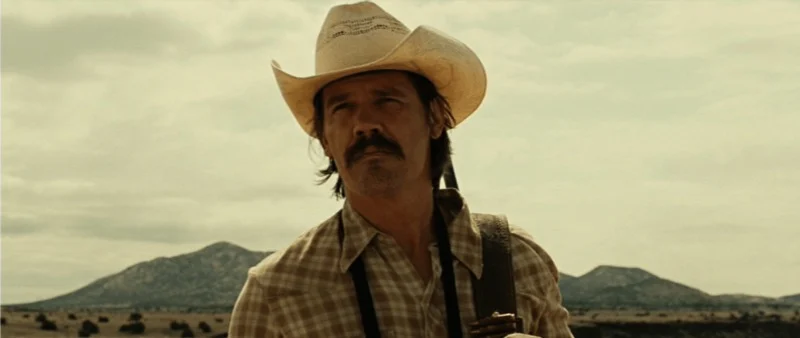
The movie begins by showing the consequences of a drug transaction that turned sour, deliberately avoiding explicit depictions of cartel names, distribution networks, and internal structures on screen. Instead of using expository scenes involving maps, labels, or detailed discussions, the script employs subtle cues such as accents and brief conversations in Spanish to hint at the participants’ nationalities. The police presence is depicted through local precincts and roadside checks without showing high-level coordination meetings or joint task forces.
For those seeking historical indicators, there are no mentions of particular operations or policy changes. Instead, the narrative is anchored by details such as vehicles, attire, and weaponry, rather than significant events or identifiable groups. This decision ensures a focused and compact storyline, but it also leaves the broader context of the border’s economic crime less defined compared to subsequent crime dramas that delve into procedural intricacies.
Aged Masterfully: Tight Adaptation of the Novel
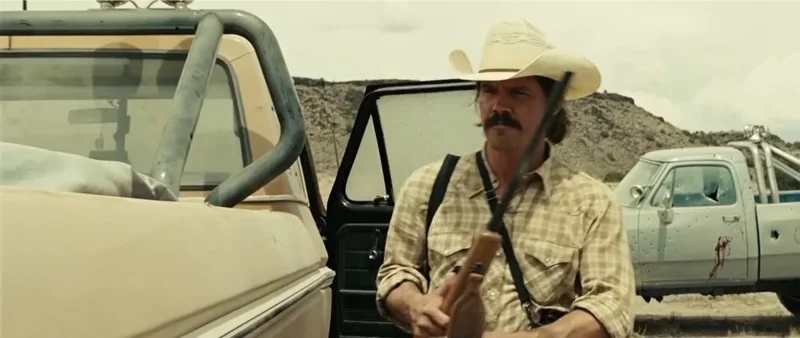
The screenplay maintains the novel’s straightforward dialogue and the introspective tone of the sheriff, even incorporating the dream that concludes the story. Many scenes adhere to the book’s sequence, like the discovery in the desert, the move to a motel, and the recovery at the border hospital. The adaptation streamlines lengthy explanations while preserving the quick, straightforward nature of the conversations.
The characteristics portrayed in the characters are accurately reflected, whether it’s the rules of the killer, the field skills of the hunter, or the caution of the sheriff – these traits are consistent with how they are depicted in the book, making it easier for actors to deliver convincing performances without lengthy explanations. The movie maintains the original structure and language, which means that even new viewers can transition smoothly between reading the book and watching the film.
Aged Poorly: Home Viewing Can Muffle Dialogue
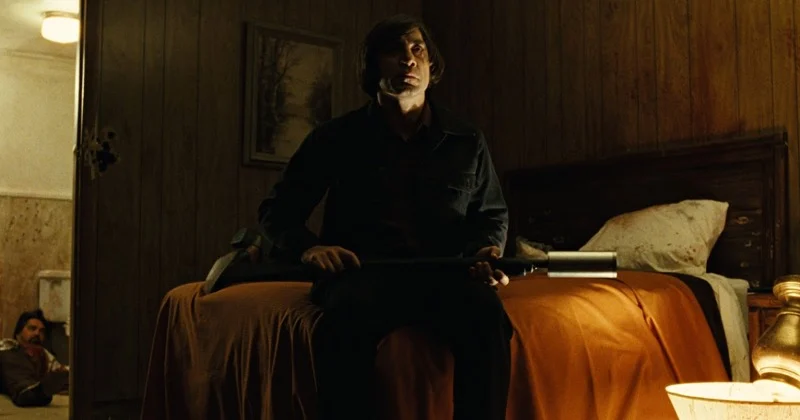
The initial blend employs a broad range of dynamics, featuring soft speech and abrupt loud bursts. On standard TV speakers, this expanse might cause dialogues to get lost amidst background noises such as air conditioner hum, traffic, or wind during various indoor and outdoor sequences. Many systems come pre-set with dialogue-unfriendly configurations, making certain lines challenging to understand without captions.
As a movie connoisseur, I’ve noticed an intriguing disparity between the audio levels in films streamed on various platforms compared to their cinematic counterparts. Some streaming services apply distinct loudness standards during encoding, which can lead to unexpected volume fluctuations while watching. For instance, gunshots and door slams might burst out loud, while soft whispers or gentle tones recede into the background.
This discrepancy doesn’t alter the original vision of filmmakers, but it does present a tangible challenge for those enjoying movies in casual home environments without night mode or dynamic range compression enabled on their devices. The varying volume dynamics might not align seamlessly with our comfort levels as viewers, but it’s essential to remember that this issue lies within the realm of technicalities rather than artistic intent.
Aged Masterfully: Landmark Performances and Awards

Javier Bardem’s portrayal as the assassin garnered significant recognition in the form of major awards, and the movie itself won prestigious accolades for Best Picture, Directing, and Adapted Screenplay. Furthermore, various departments were also honored with nominations for Cinematography, Editing, Sound Work, indicating that these areas of production were executed meticulously on screen. These recognitions highlight the collaboration across different teams in the film.
The supporting characters around the main three actors contribute to the plot by connecting the investigation, chase, and civilian life. Smaller roles like the gas station owner, trailer park manager, and border officials are written with distinctive dialogue styles that make scenes interesting without lengthy speeches. The recognition from awards and nominations highlights these aspects of the production.
Aged Poorly: Bonus Features and Archival Material Are Thin
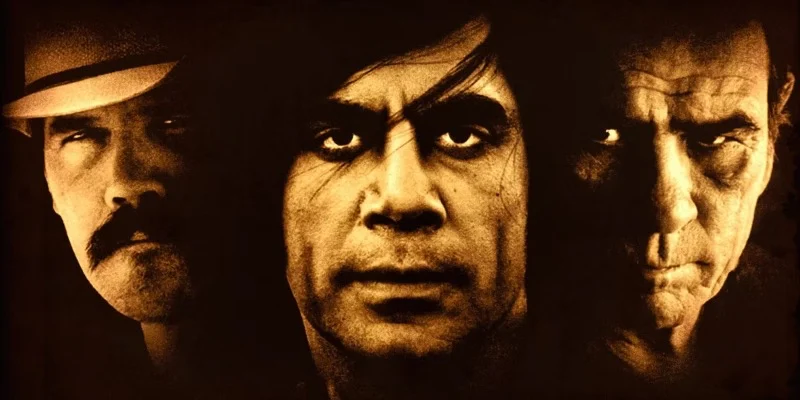
Original: Early home video releases featured short segments on production, locations, and cast interviews, but lacked extensive content such as full-length commentaries, script drafts, or detailed scene-by-scene technical analyses. For films often studied in film courses, this omission leaves instructors and enthusiasts seeking additional resources to delve into the intricacies of the craft.
Home video releases initially provided brief snippets about production, locations, and cast interviews, yet they were missing comprehensive materials like complete commentaries, script drafts, or in-depth technical scene breakdowns. For films frequently taught in film classes, this lack of detailed documentation forced instructors and fans to look elsewhere for further exploration into the craft’s finer points.
In later versions, the image clarity was enhanced significantly yet the supplementary features remained minimal. Consequently, there is a scarcity of in-depth documentation on aspects like lighting setups, camera lens selections, and sound production processes within the publicly available archive. This lack of comprehensive behind-the-scenes information makes it challenging for new audiences to understand the film’s production techniques solely based on official releases.
Aged Masterfully: Set Pieces Used In Film Education
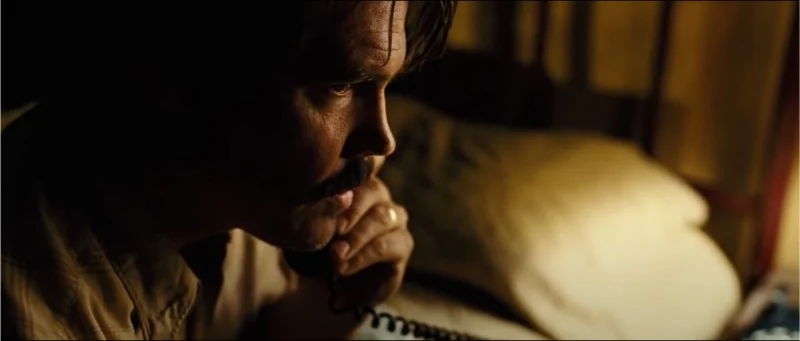
Frequently observed scenes in classroom clips and professional analyses include:
1. The coin toss scene, which utilizes blocking, eyelines, and props to create suspense using basic camera angles.
2. The money switch at the motel demonstrates the control of geography through vents, doorways, and a hidden tracking device in the cash case.
3. The night shootout showcases techniques for staging mobile cover on city streets and within trucks.
These scenes heavily depend on precise timing, real-life effects, and distinct audio signals. Prolonged sections utilize editing that focuses on actions instead of reactions, while the camera maintains a human perspective to ensure proper scale perception. Since this method is simple yet effective, it consistently offers valuable insights for directors, editors, and sound designers in their respective fields.
Share which parts of ‘No Country for Old Men’ you think held up best or not in the comments.
Read More
- Silver Rate Forecast
- Красный Октябрь акции прогноз. Цена KROT
- Gold Rate Forecast
- MSCI’s Digital Asset Dilemma: A Tech Wrench in the Works!
- Bitcoin’s Ballet: Will the Bull Pirouette or Stumble? 💃🐂
- How Bitcoin Miners Might Just Save the Day in Crypto Adoption – With a Little Help from Their Friends
- XRP’s Wrapped Adventure: Solana, Ethereum, and a Dash of Drama!
- Brazil Bank & Bitcoin: A Curious Case 🤔
- Monster Hunter Stories 3: Twisted Reflection gets a new Habitat Restoration Trailer
- Dogecoin’s Big Yawn: Musk’s X Money Launch Leaves Market Unimpressed 🐕💸
2025-08-26 00:16